Why Your Engine Loses Power At Full Throttle
If pressing down the accelerator delivers an underwhelming effect, issues may need to be checked out to avoid losing when you open up to full throttle. This article will cover everything you need to know to troubleshoot why your car’s engine loses power when you open up to full throttle.
1. Misadjusted Engine Ignition Timing
When the ignition timing of an engine is improperly set, you stand the chance of damaging engine components and experiencing a loss of performance.
If the engine ignites the fuel mixture too late, you won’t get the combustion process happening properly to allow for the most efficient energy transfer to the pistons.
If the ignition timing is adjusted too far in either the retarded or advanced directions, your engine can experience overheating.
Over-advanced timing can end up burning a hole through the pistons, and over retarded timing can leave unburnt fuel to build up in the cylinders causing backfiring or an engine that won’t rev past a certain point, performance issues, and rough or low idling.
Your local auto technician will be able to adjust the timing for you, and should cost under one hundred dollars.
If you can get a copy of your engine’s manual for the timing specifications and gain access to a timing light, you can adjust the ignition timing yourself.
2. The Valve Timing is Off
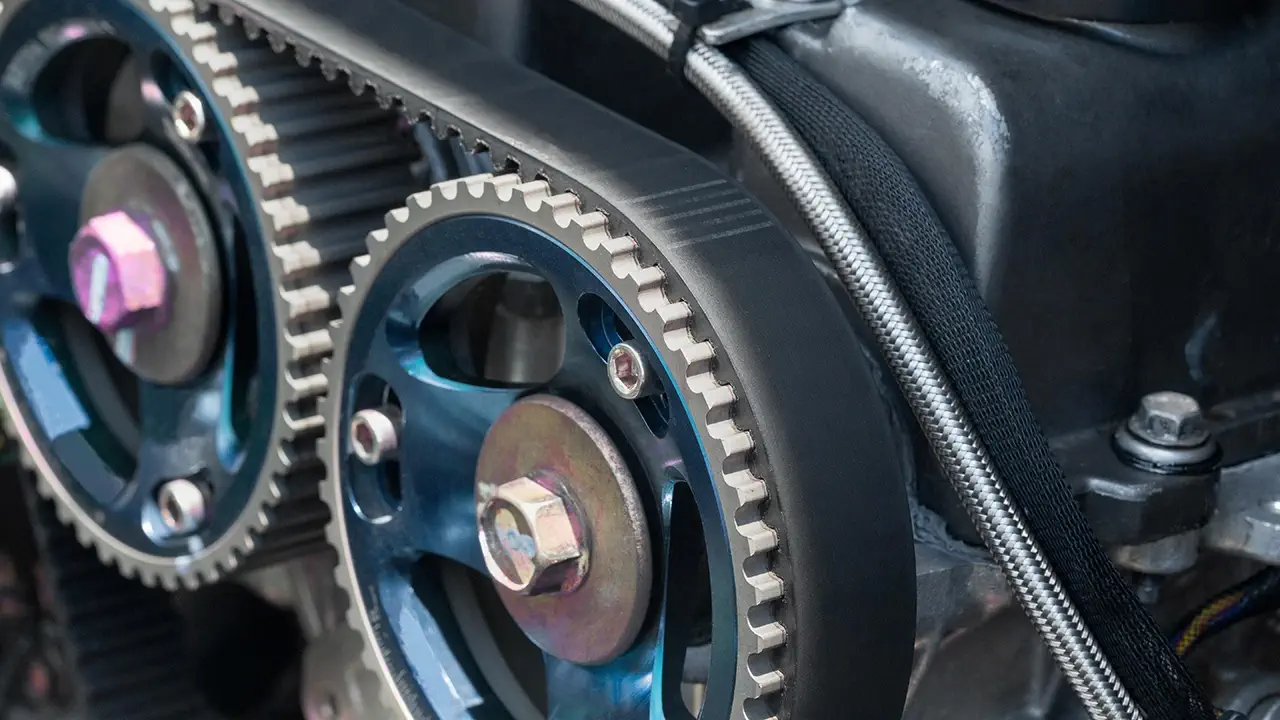
This can occur more commonly after a timing belt or chain is replaced. The person performing the work did not pay close enough attention when adjusting the valve timing.
Sometimes the belt loses tension, and the timing drifts off when the engine is put under greater loads or RPM.
When the valve timing is out, fuel doesn’t enter the intake at the exact moment, and the exhaust gasses don’t exit at the proper time either.
This can have a significant impact on performance. Further, it’s also possible for the valves to get bent on specific engines if the timing is too far misadjusted.
If you hear any ticking sounds, sometimes accompanied by a rough idle, it may be that the valves were damaged.
Sending your vehicle in to have the valve timing adjusted correctly usually costs in the vicinity of around $200 to $300.
3. Blocked Air Intake Filter
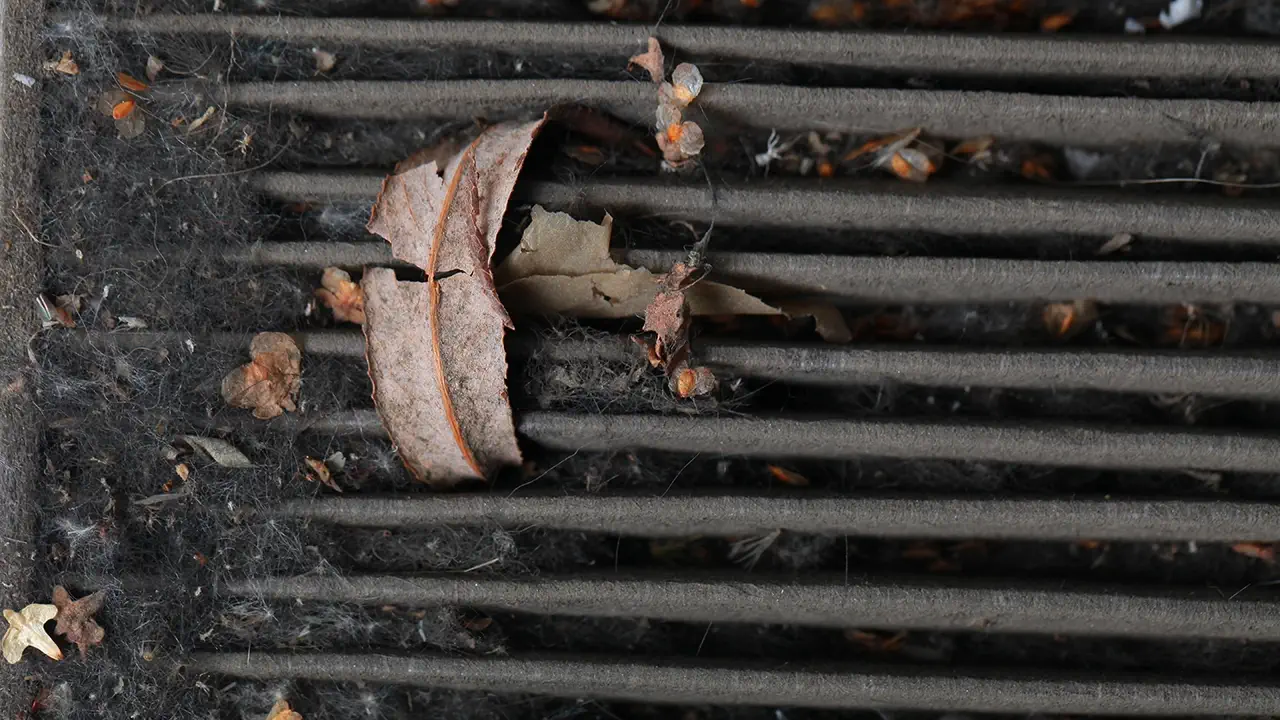
As you probably know, replacing the air filter after 15000 miles is part of the routine maintenance of most cars.
There are replacement air filters that are serviceable instead of being replaced each time.
Either way, when the air filter becomes too clogged up, the engine’s intake may not receive enough air for the engine to perform correctly.
The air restriction will slow down the rate of airflow but will also cause an improper air-to-gas ratio.
When these conditions get bad enough, the loss of engine power can make it feel like it loses power at full throttle.
Replacing an air intake filter is easy enough. It doesn’t take much skill and doesn’t cost much, either. So make sure you stay on top of this vital maintenance duty.
A replacement filter varies around the $25 to $30 region and will cost an additional $30 for labor costs.
4. Bad Spark Plugs
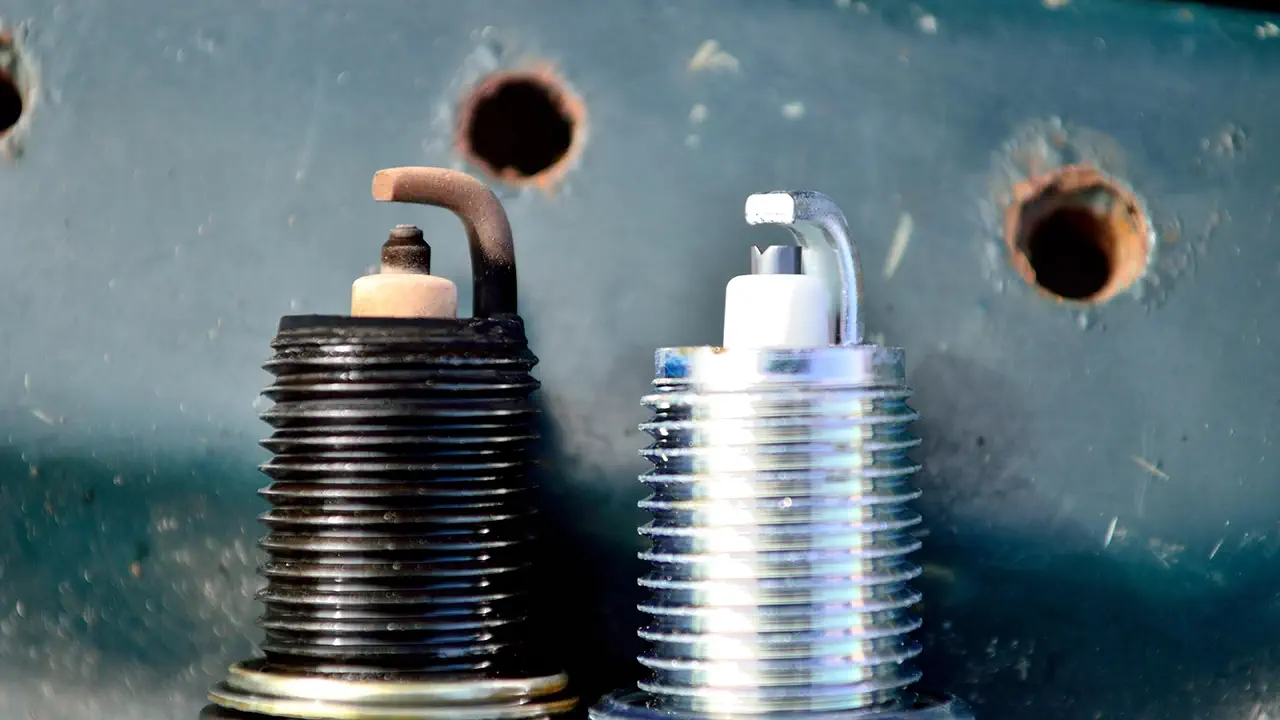
Spark plugs are the delivery component for taking the high tension voltage supplied by the ignition coil and delivering it in the form of a spark to combust the compressed air-fuel mixture.
If the spark isn’t delivered with enough strength, the air-fuel mixture will not be ignited entirely, causing a lower level of combustion.
Sometimes spark plugs can be used after a clean and re-gap if they aren’t too badly worn.
Some spark plugs have longer lifespans than others. So, it will be best to check your vehicle’s manual or your local service dealer’s exact mileage if they need a replacement.
Spark plugs can vary substantially in price, and the number of cylinders your engine has affects the replacement price.
It could cost anywhere between $20 to $120 just for the spark plugs themselves. However, replacing them usually isn’t too difficult, and you could save cash by doing them yourself.
Just be careful not to cross-thread them. Make sure they turn in nicely and freely by hand before using the ratchet part to tighten them up.
Another thing to watch out for is their gap. Most spark plug boxes have protective components in the packaging, but always check if the gap is okay before installing them.
5. Spark Plug Wires Are Getting Old
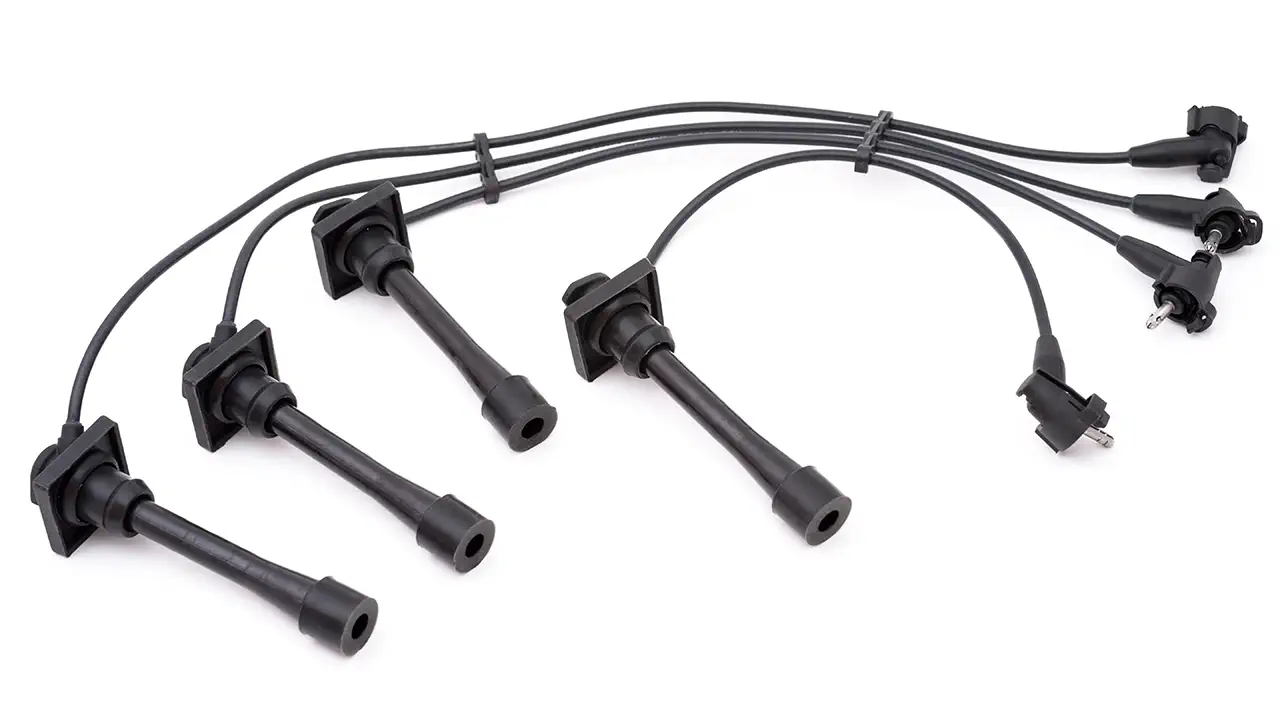
Much like an old spark plug, an old spark plug cable can cause a weaker spark to be delivered by the spark plug.
If you notice any cracks in the insulation of the spark plug cables, replace them immediately.
Faulty spark plug leads can cause a lot of wasted time by looking at other areas to diagnose the fault when it’s actually the cables at fault.
The spark plug wires can cost anywhere around $10 to $450, depending on your vehicle’s make or model, without the labor.
6. Worn or Cracked Distributor Cap
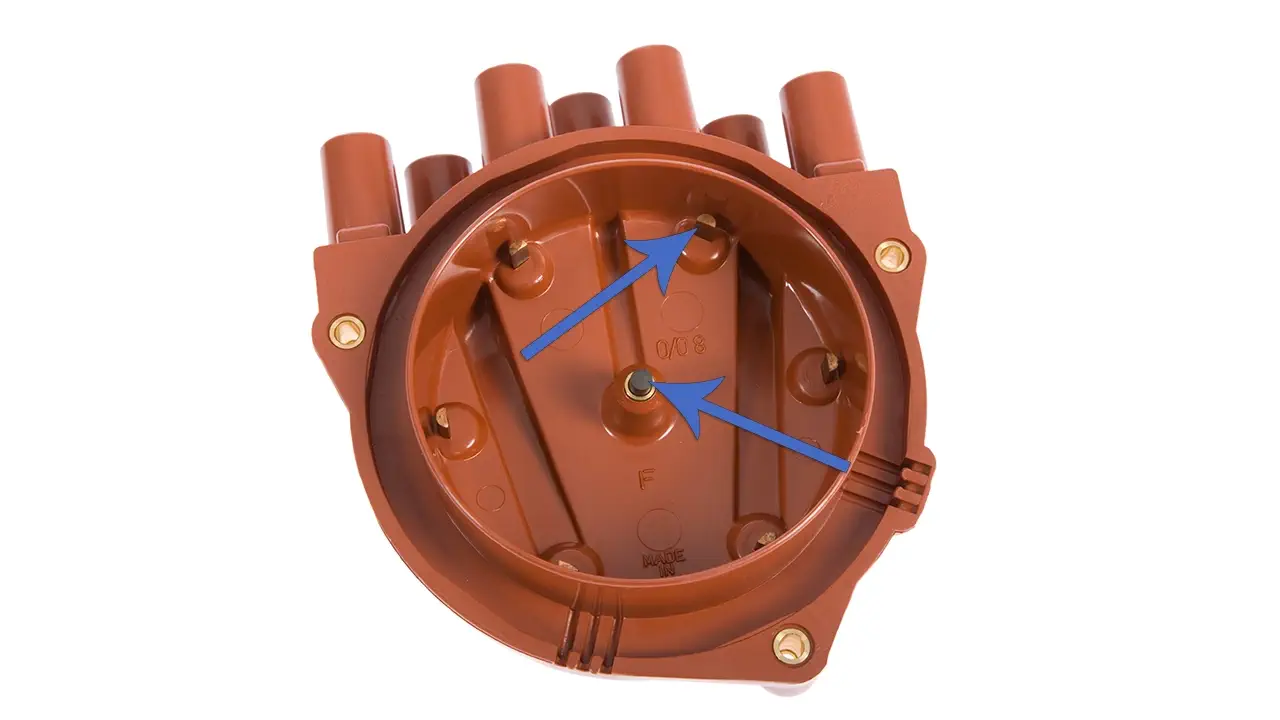
The distributor cap is a Bakelite-constructed cap that receives the high tension voltage from the ignition coil and passes the return voltage from the rotor back to all the spark plugs.
The distributor cap has a center contact (spring-loaded carbon or graphite rod) which makes contact with the top of the rotor.
The rotor has a permanent connection to its tip, which conveys the center contact’s voltage in the distributor cap to the tip, passing by an outer contact connected to a spake plug wire.
If any of these contact points are badly worn, more significant sparks occur between them, causing a weaker voltage to be supplied to the spark plugs.
The same can happen if there is a crack in the distributor cap. As a result, HT Voltage supplies can arc and, in turn, fail to make it to their destination with the proper amplitude and thus cause the spark plug to deliver a weaker spark.
The main reason distributor caps are made with Bakelite is because of the good insulation properties of the material. This is especially needed when dealing with high-tension voltages.
Distributor caps are easy to remove and inspect. Worn contacts or cracks should be easy enough to spot.
They are usually inexpensive and can be replaced for under a hundred dollars, not factoring in labor.
7. Faulty Ignition Coil
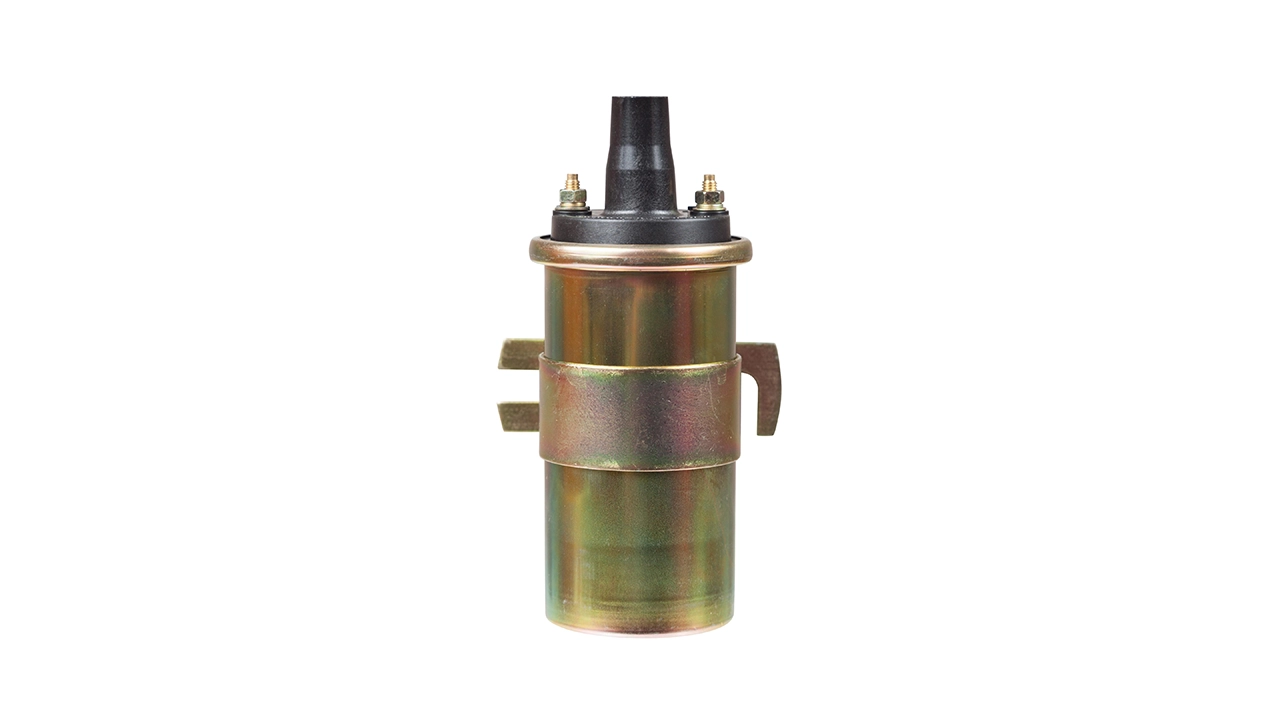
The ignition coil creates the high tension voltage for the engine’s spark plugs.
It takes 12 Volts and steps the voltage up to a high tension voltage, usually in the vicinity of 20K to 30K volts by means of induction.
When the coil fails to do its job correctly, an intermittent issue or a lower voltage is produced, causing a weaker spark at the spark plug’s gap.
Once again, a weaker spark causes weaker combustion. This is especially true when the engine is under larger loads or at a higher RPM.
Depending on how bad the ignition coil has gone, you may experience a loss of power at full throttle or a higher RPM initially, and as it gets worse, more symptoms will creep in, like misfiring, stalling low or rough idling, to name a few.
Essentially, it has a weaker spark, more fuel, poorer combustion, and less engine power.
Coils can vary somewhat in price, but a common range is between $70 and $400 and between $40 and $250 in labor charges.
8. Improper Mass Airflow Sensor Readings
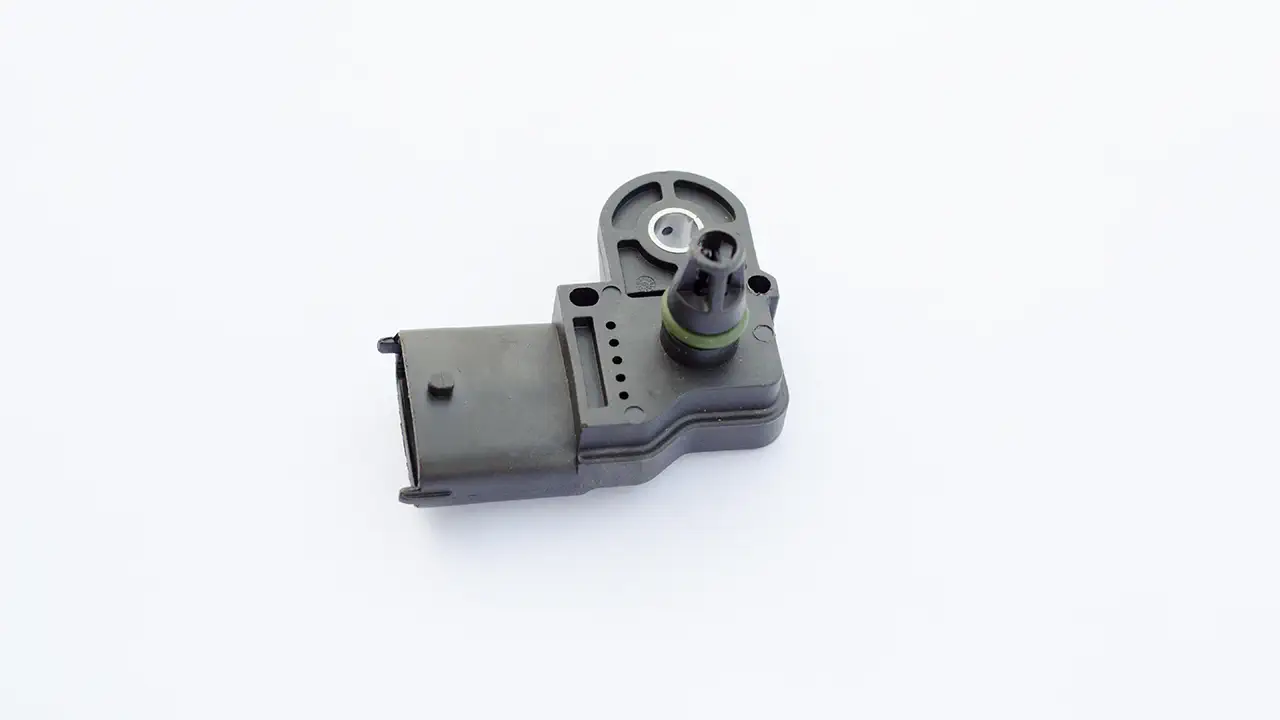
The mass airflow sensor provides the ECU with some information to help regulate the air-to-fuel ratio based on the amount of air flowing into the engine’s intake.
If this sensor isn’t functioning correctly, it can cause improper ratios of air and gas to supply the engine for combustion.
If the throttle is opened fully, it causes a greater manifestation of the problem to arise and then causes a loss in power delivery from the engine.
You might have problems getting the engine to rev alongside the power loss. In addition to this, you may also notice lousy starting or delayed acceleration.
These sensors can cost around $100 to $400 to replace the part.
9. Bent valves or improper valve seating
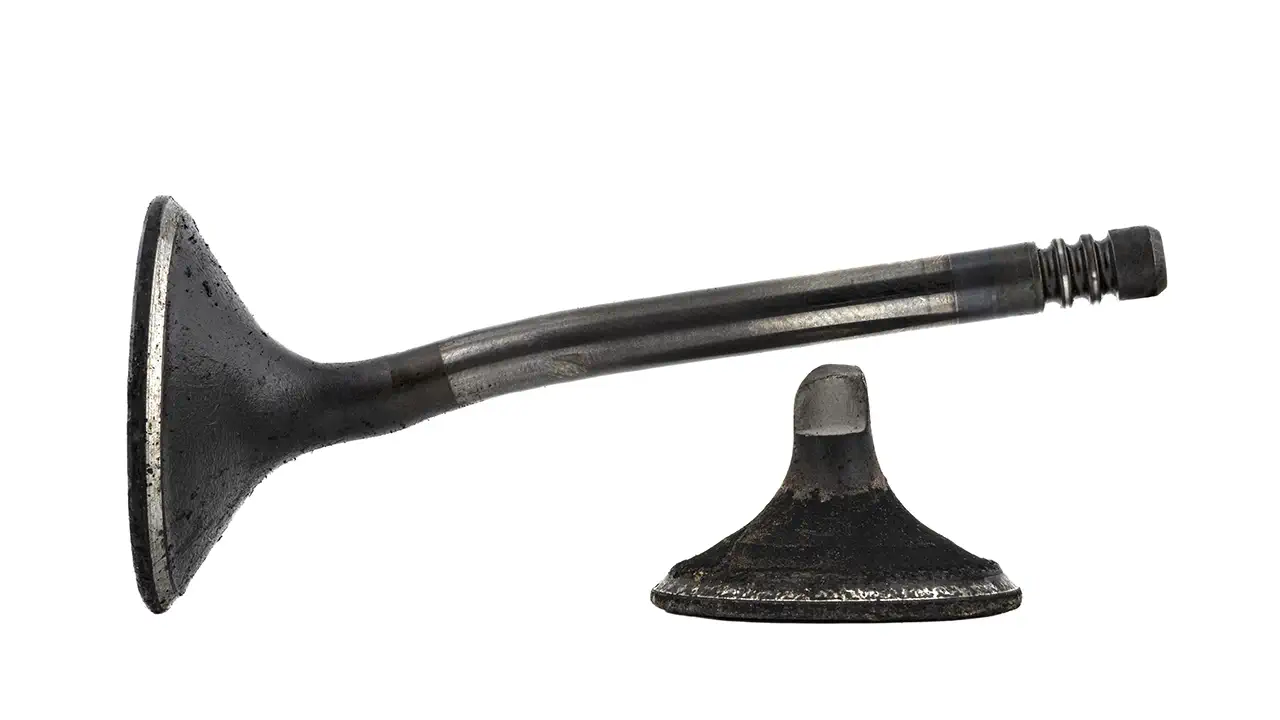
As I’ve mentioned, poorly adjusted valve timing is a common cause of bent valves alongside timing belts or timing chains breaking.
When the timing is badly off or the timing belt breaks, the valves could be in an open position while the pistons continue the stroke upwards and end up colliding with one or more valves.
Not only will you hear tapping sounds from the engine, but the engine performance will also be impacted.
This usually starts with a rougher idle and significant power loss from the engine.
Power loss will also be experienced from valves that don’t seat well, which, for the most part, will affect the compression and, as a result, the performance.
The valve seat is the circular chamfered part of the head where the circular part of the valve makes contact with and seals up the compression chamber when fuel isn’t flowing in for the inlet valves when exhaust gasses aren’t flowing out for the exhaust valves and during the compression stroke for both sets.
Over time, the valve seat can become slightly worn out of shape, and the valve doesn’t make a tight seal once it is in the closed position.
If the valves aren’t bent, it may be a matter of removing the head, cleaning out all the carbon build-up, and reseating the valves.
In some cases, badly leaking valve seats can end up producing burnt valves, which means that the valves need replacing.
Issues like bad valve seating, lean fuel mixture, weak valve springs, and misadjusted timing can be a few examples of how you get burnt valves.
A compression test can help you determine if the valves have sealing issues.
To reseat a valve, some valve grinding paste needs to be applied to the valve seat, and a tool that gets attached to the valve and a drill allows the valve to be rotated so the surfaces can be reseated with each other.
This process must be repeated until the whole valve step area makes full and proper contact with the valve seat.
Reseating valves can cost around $900 to $1500, and a total price of $1800 or more if the valves need replacing.
10. Bad Valve Clearances
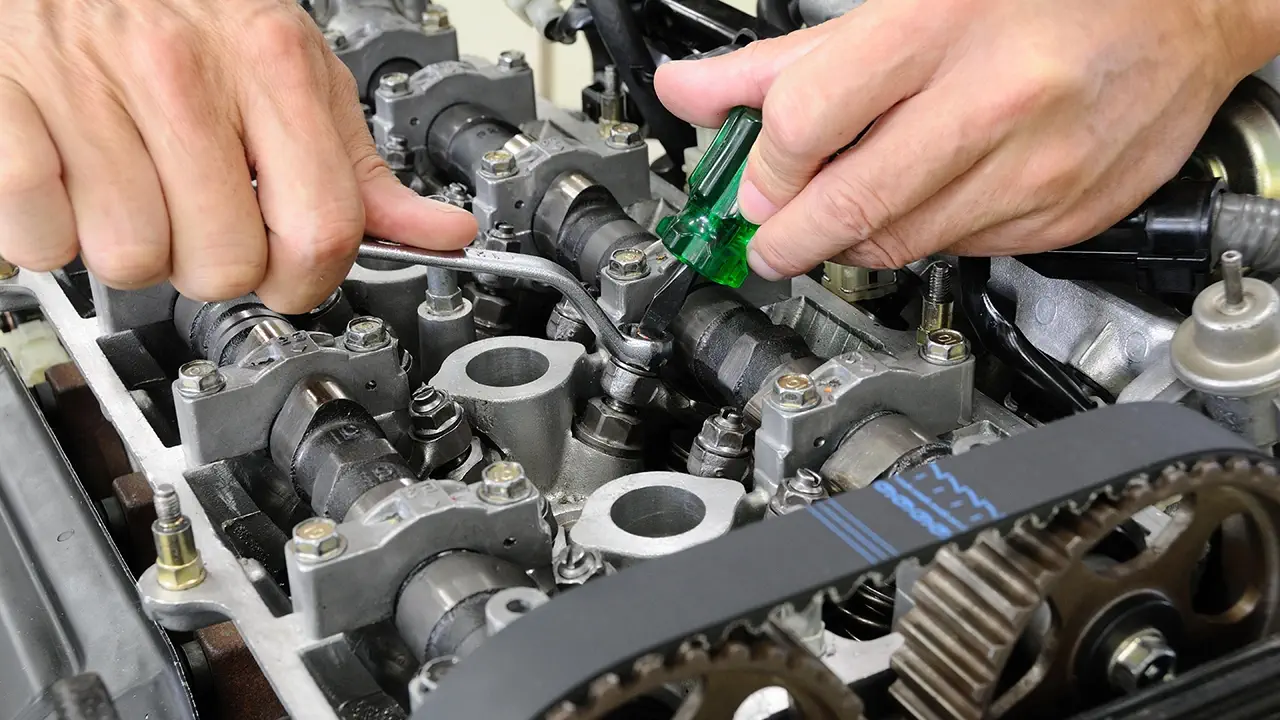
While this isn’t very likely the sole cause of power loss at full throttle, it can contribute to the symptom.
Most modern cars don’t have this problem as much as older ones.
Simply put, it is the amount of clearance between the back of a cam lobe and the contact area where the lobe pushes the valve open.
A valve clearance that is too high causes the valves not to open to their full extent, resulting in less air-fuel mixture flowing in and fewer exhaust gasses being released.
When the valve clearance is too high, you can hear ticking or tapping noises, especially when the engine is cold.
You can expect to pay around $150 to have the valve clearances readjusted.
11. Variable Valve Timing Issues
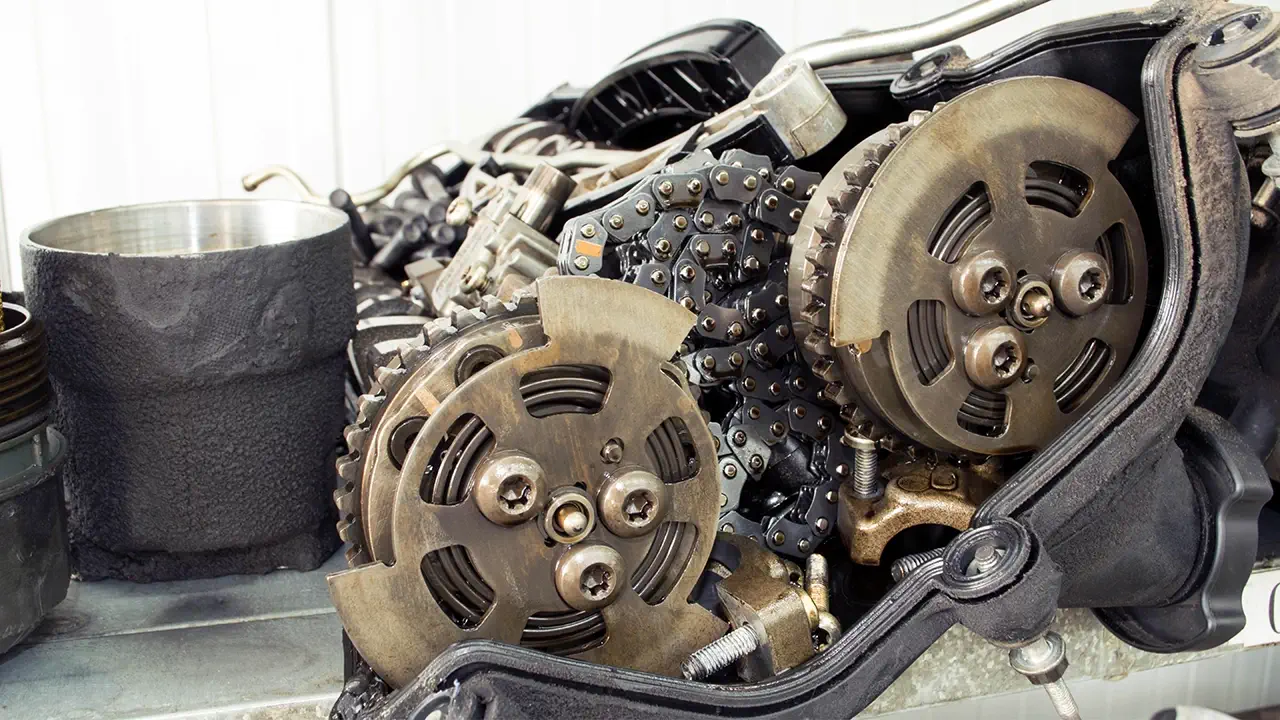
These complex mechanisms are designed to adjust the valve timing to the most optimal setting by using the ECU sensors and vacuum components to determine the optimal adjustments for the variable valve timing.
When something goes wrong with this feature, the timing won’t adjust properly and can cause power loss at full throttle.
Other ways it can affect performance are loss of torque at various RPMs or loss of acceleration at different RPMs.
Seeing as these faults will be harder to diagnose, it is recommended that an automotive technician conduct the repair.
Because of the long list of possible causes for this mechanism to go wrong, it is hard to gauge what kind of price you will be looking at to have it fixed.
So, depending on the issue, you could be looking at anywhere between $400 to $2000.
12. Worn Cylinders or Compression Rings
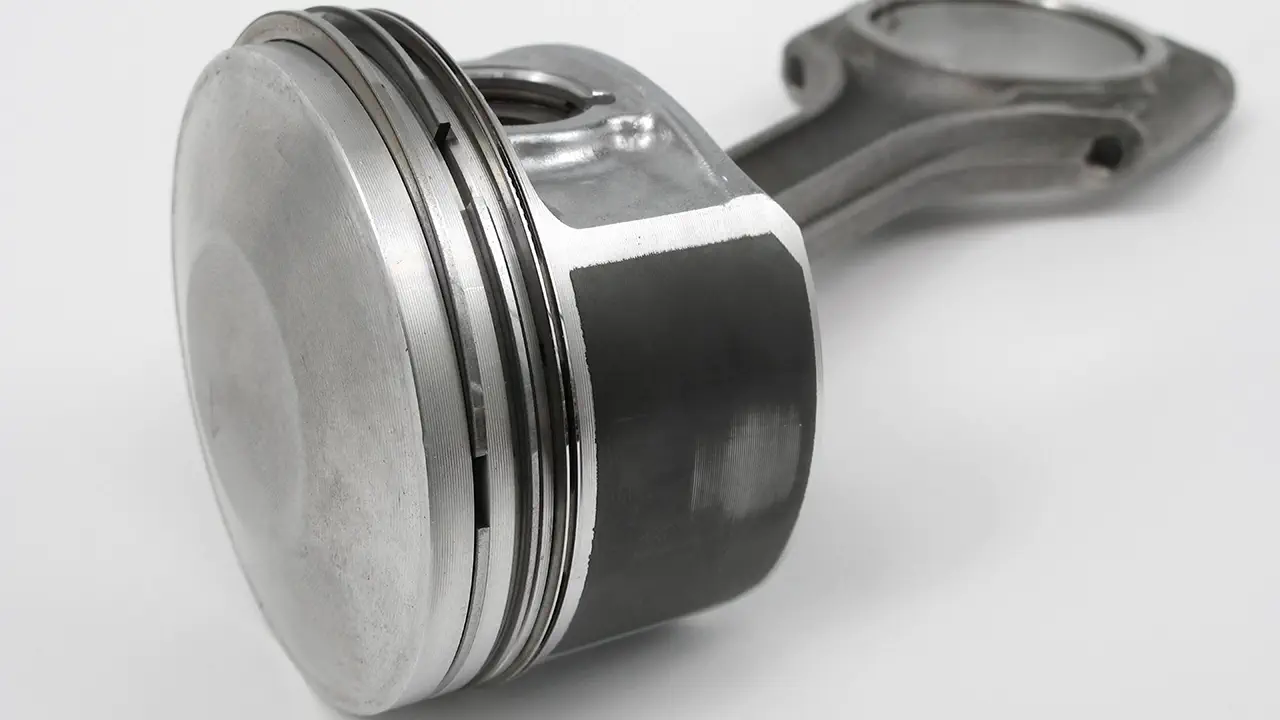
When enough engine wear sets in, crucial engine parts like the cylinders, pistons, and rings start gaining larger clearances, causing more power as more wear takes its toll.
A piston has compression rings installed, which are essential to compress the air and fuel mixture enough for proper combustion.
A piston also has oil rings or scrapers (on 4-stroke engines), which help keep the oil from the crankcase out of the cylinders, so you don’t burn oil.
If the compression rings wear enough, the engine won’t perform as well, causing a loss of power for acceleration and even at full throttle.
In essence, the engine has all-around poor performance and won’t have the get-up-and-go it once had.
A compression test will soon reveal the engine’s condition and is an excellent first step to determining engine wear.
In this case, it’s probably time to replace your vehicle. However, if you are determined to hang onto it, it will need to be sent to an auto repair shop to inspect the engine to see if you need new pistons and rings, rebore, and other components that undergo wear and tear in the engine.
This will be costly, and I believe a replacement vehicle is a better option unless you are a collector and have a specific reason for keeping it.
13. Clogged Fuel Filter
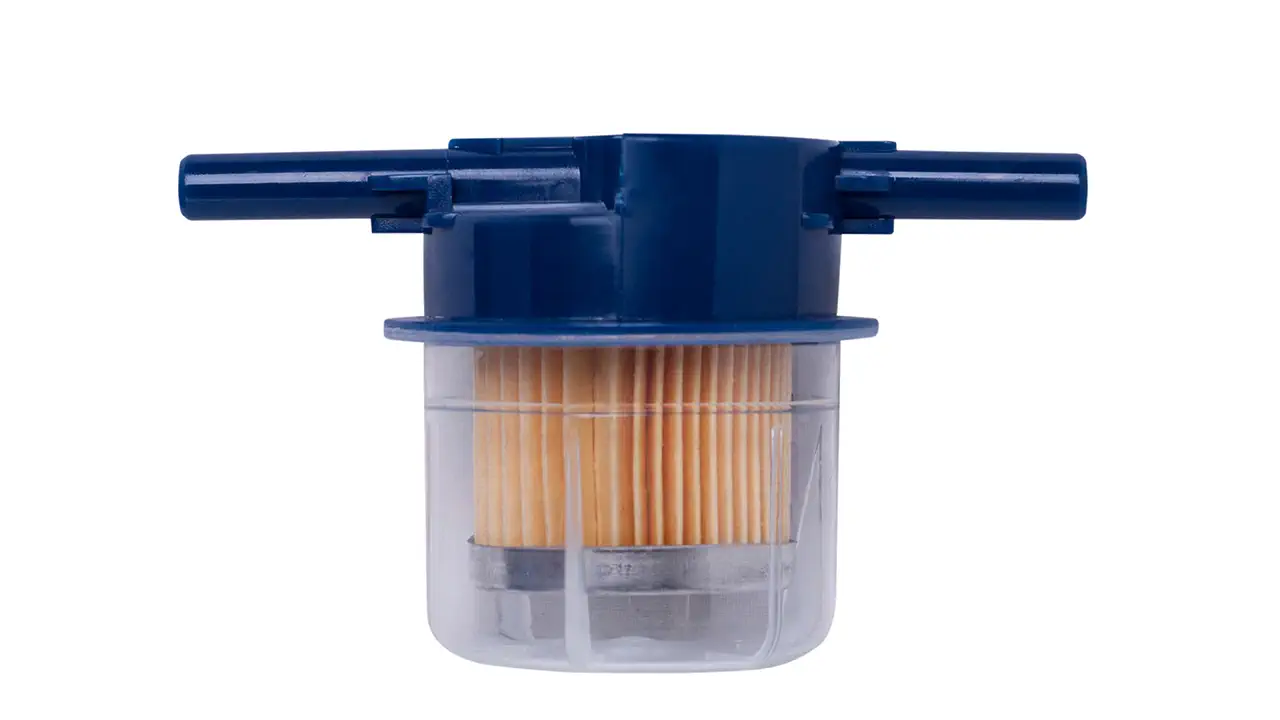
A clogged fuel filter can cause restrictions in fuel flow to the engine, especially when there is more demand for gas when the throttle is fully open.
These filters are usually easy to change and aren’t too pricey. You can probably get a replacement fuel filter for anywhere between $20 to $100.
14. Blocked Up Exhaust
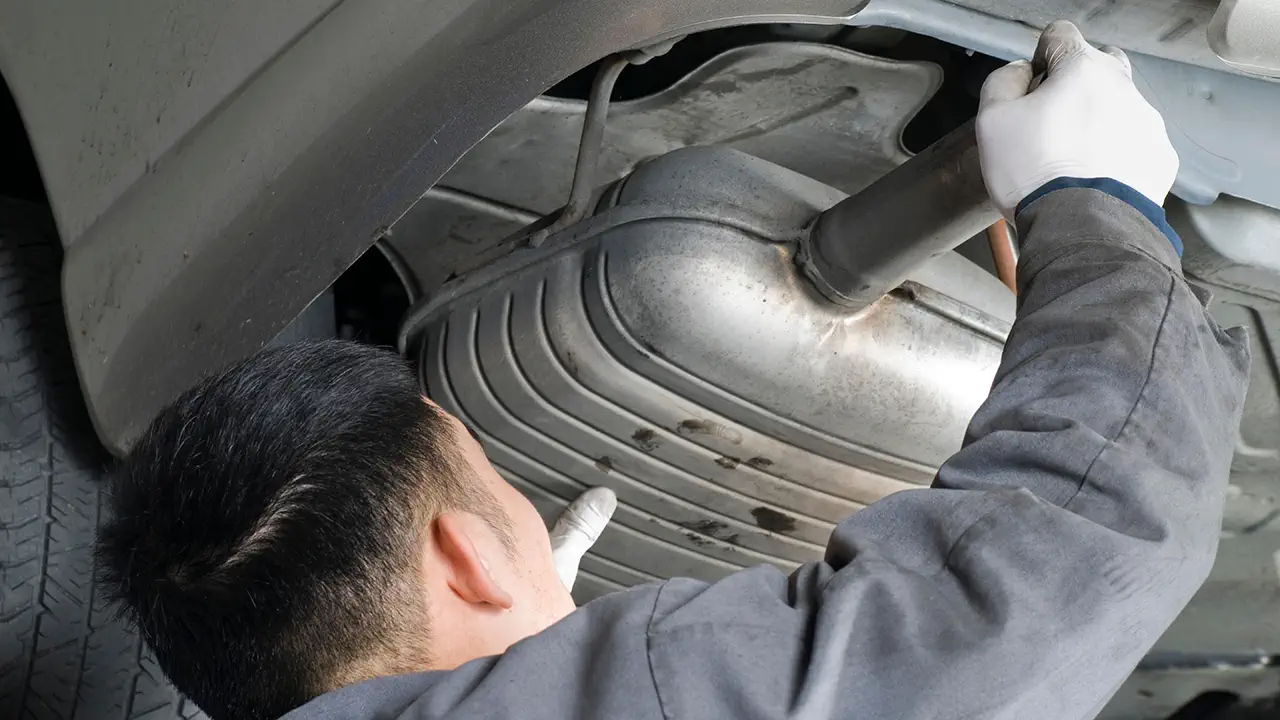
A blocked exhaust initially prevents the engine from revving and can be bad for engine components if left for too long.
Typically, exhausts have issues when too much carbon build-up is present, which can be in the catalytic converter or muffler.
Another way of restriction is when a section of the exhaust pipe is damaged or crushed, causing severe restriction.
Your local exhaust repair service center should have any problems diagnosed and repaired at a reasonably affordable price.
In saying that, some catalytic converters can be expensive and may set you back anywhere up to $3000.
Muffler issues could range from $100 to $400 in repair costs.
15. Malfunctioning Fuel Injectors

Fuel injectors deliver fuel into the inlet manifold before the valves or directly in the cylinder head, depending on your engine’s fuel injection type.
Fuel injectors typically have a small solenoid inside of them, which is controlled by the ECM so they can deliver fuel from the fuel rack in a timely manner.
If something goes wrong with the electronics within them, the repair won’t be possible, and they will need to be replaced.
However, if the mechanism inside is sticking due to dirt build-up, you may be able to clean them out and get them working again.
Service kits are available to help get them working properly again.
It may cost anywhere between $400 to $1000 depending on whether they can be salvaged if they need replacing.
16. Faulty Fuel Pressure Regulator Valve
The fuel pressure regulator valve regulates the fuel pressure supplied to the fuel injection system.
Essentially, it helps maintain a consistent fuel pressure regardless of the engine’s fuel requirements at any given moment.
Too much fuel causes an excessively rich air-fuel mixture ratio, which is bad for the engine.
A malfunctioning regulator valve can result in too much fuel pressure. This can result in difficult starting, black exhaust smoke, dripping fuel out of the exhaust, gas odors, poor performance, and incorrect idle speeds.
Replacing the fuel pressure regulator valve can cost anywhere between $250 to $500.
17. The Fuel Pump or Fuel Pump Diaphragm is Failing

The fuel pump is usually inside the fuel tank, pumped from inside the tank and through the main fuel line supply to the engine.
When the fuel pump starts playing up, an inadequate amount of fuel could be supplied to the engine, causing revving limitations or poor performance.
When the pump malfunctions further, you may not get the engine running for long before it switches off a short while after starting.
The replacement cost of these pumps varies somewhat across various car brands and models. The fuel pump can range from $100 to $1000 and somewhere between $200 to $1200 for the total job, with labor included.
Conclusion
As you have probably gathered, there are a lot of possibilities for the cause of an engine’s power loss at full throttle.
After looking through these common causes, you should be closer to finding the root cause.
I hope you can find the cause and, at the very least, have a better idea about the cost involved in the repair.
